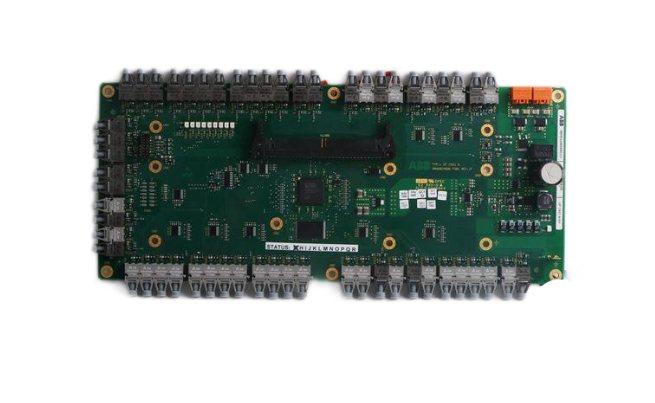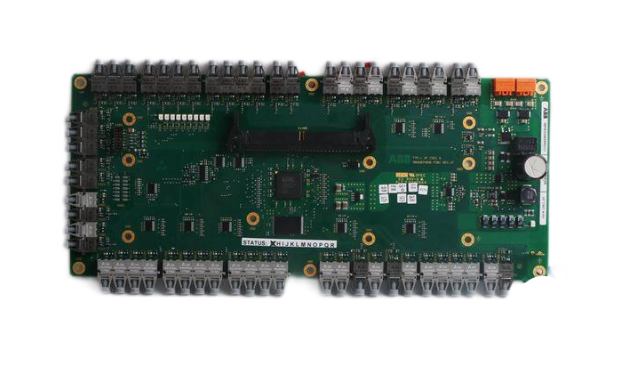Dead leaves, human waste and other biomass can actually generate electricity?

(4) The concept of low-temperature biomass liquid fuel cells
Fuel cells generate electricity from chemical energy, and their heat transfer efficiency is much higher than that of conventional turbo-driven generators. However, due to the lack of effective catalysts, biomass as a fuel for fuel cells is not yet possible. Recently, low-temperature fuel cells that convert biomass into electricity, with MFC as the main example, have been developed at operating temperatures below 100 ° C. At low temperature, its practical application is limited due to low efficiency and low power density. This article will highlight the latest advances in the use of fuel cells for power generation at low temperatures, and will also discuss the principles, advantages and disadvantages of FBFC.
Great progress has been made in the research of fuel cells using small molecular organics such as methanol and formic acid. However, there was still a bottleneck in the development of low-temperature fuel cells using polymerized organic matter, until the new concept of liquid fuel cells (LFFC) was first reported by Liu et al. The solar-induced hybrid fuel cell reported by Liu et al. used phosphomolybdic acid (H3P-Mo12O40) as a photocatalyst for the anodizing of different types of biomass for the first time, as shown in Figure 1. Oxygen (O2) receives the final electrons in the Pt/C catalyst system at the cathode. When using cellulose as fuel, the solar-induced hybrid biomass fuel cell has a power density of 0.72 mW· cm-2, which is 100 times that of MFC using cellulosic fuel. In order to improve the efficiency of biomass liquid fuel cells, Liu et al. also built a precious metal free fuel cell using a polyoxometalate (POM) catalyst on the basis of previous studies. In this upgraded LFFC, they introduce POM (replacing the precious metal catalyst) into the cathode, which acts as an electron carrier, transferring electrons to oxygen, as shown in Figure 2. On this basis, the biomass oxidation reaction and oxygen reduction reaction are completed by using two different types of heteropoly acid solutions (H3P-W11MoO40 as the solution anode and H12P3Mo18V7O85 as the solution cathode). Such a cell structure can achieve a higher output power density even if untreated biomass is used as fuel. Using starch as fuel directly at 80 ℃, the battery can run continuously for more than 10 h, the battery power density is stable at 30 mW· cm-2, and the discharge current is 160 mA· cm-2. In direct biomass LFFC, various types of biomass, including cellulose, starch, wood meal and polyols, can be used as fuel. Due to the use of liquid catalysts instead of precious metal catalysts, fuel cells have a strong tolerance to organic and inorganic impurities and are less costly.
- EMERSON
- Honeywell
- CTI
- Rolls-Royce
- General Electric
- Woodward
- Yaskawa
- xYCOM
- Motorola
- Siemens
- Rockwell
- ABB
- B&R
- HIMA
- Construction site
- electricity
- Automobile market
- PLC
- DCS
- Motor drivers
- VSD
- Implications
- cement
- CO2
- CEM
- methane
- Artificial intelligence
- Titanic
- Solar energy
- Hydrogen fuel cell
- Hydrogen and fuel cells
- Hydrogen and oxygen fuel cells
- tyre
- Chemical fiber
- dynamo
- corpuscle
- Pulp and paper
- printing
- fossil
- FANUC
- Food and beverage
- Life science
- Sewage treatment
- Personal care
- electricity
- boats
- infrastructure
- Automobile industry
- metallurgy
- Nuclear power generation
- Geothermal power generation
- Water and wastewater
- Infrastructure construction
- Mine hazard
- steel
- papermaking
- Natural gas industry
- Infrastructure construction
- Power and energy
- Rubber and plastic
- Renewable energy
- pharmacy
- mining
- Plastic industry
- Schneider
- Kongsberg
- NI
- Wind energy
- International petroleum
- International new energy network
- gas
- WATLOW
- ProSoft
- SEW
- wind
- ADVANCED
- Reliance
- YOKOGAWA
- TRICONEX
- FOXBORO
- METSO
- MAN
- Advantest
- ADVANCED
- ALSTOM
- Control Wave
- AB
- AMAT
- STUDER
- KONGSBERG
- MOTOROLA
- DANAHER MOTION
- Bently
- Galil
- EATON
- MOLEX
- Triconex
- DEIF
- B&W
- ZYGO
- Aerotech
- DANFOSS
- KOLLMORGEN
- Beijer
- Endress+Hauser
- MOOG
- KB
- Moxa
- Rexroth


Email:wang@kongjiangauto.com























































































































